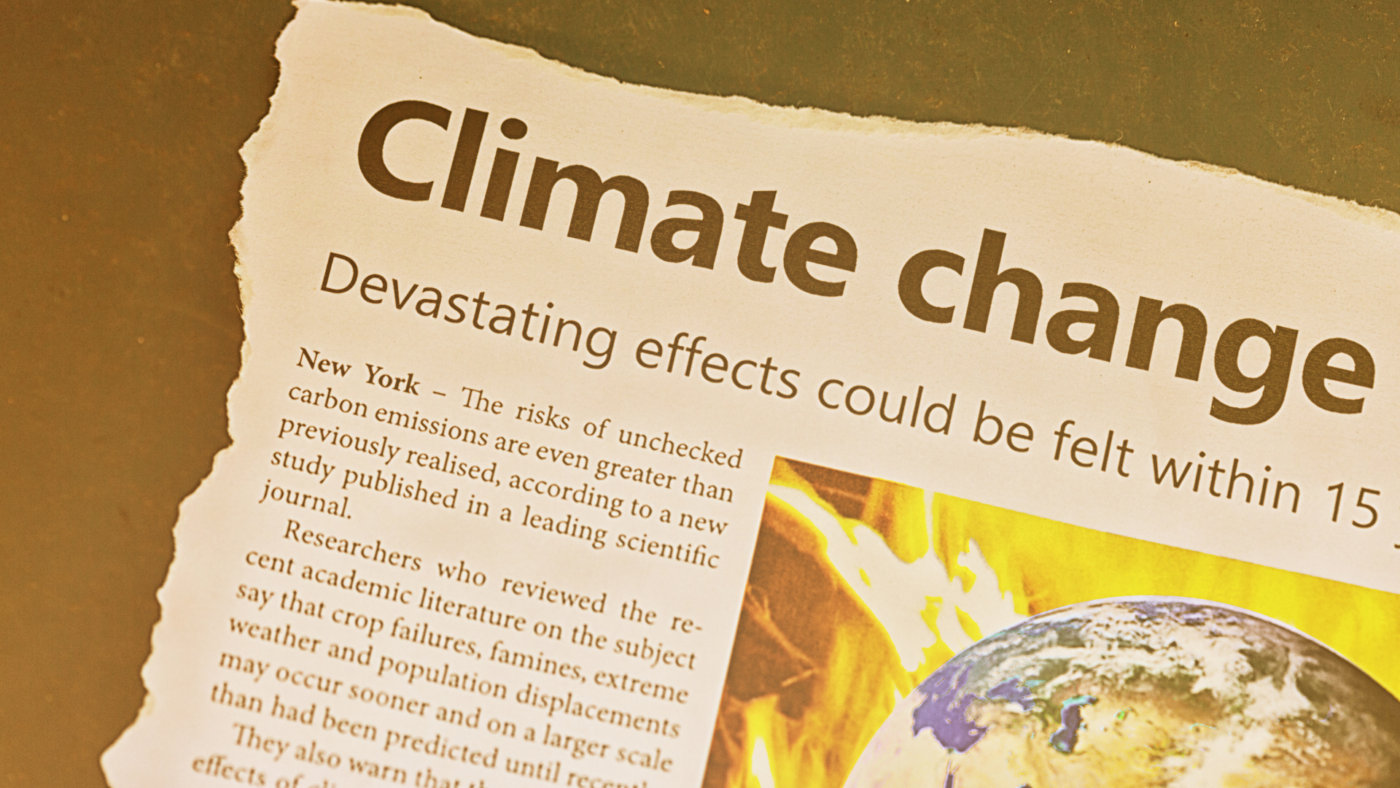Interactive storytelling can drive climate action by raising awareness of how the climate crisis affects everyday life.
October 2021

A key step in combating the climate crisis is developing a narrative around its urgency. When Sheila Tefft, a 2019-20 U.S. Fulbright-Nehru Academic and Professional Excellence scholar, arrived in India she discovered that even though India did not have an outspoken population of climate denialists, there remained “a large section of people, including many young adults, who seemed to feel climate threats carried little relevance for their lives.”
Tefft, who combines her interests in climate change and health initiatives within her work in journalism, conducted several workshops for students to raise public awareness through science writing and multimedia journalism—all with the aim of gaining insight into Indian climate realities and solutions. “My Fulbright goal in India,” says Tefft, “was to encourage students, journalists and scientists to utilize multimedia storytelling for more interactive, dynamic communications with the public on climate change.”

Fulbright-Nehru scholar Sheila Tefft conducted several workshops for students to raise public awareness through science writing and multimedia journalism. Photograph courtesy Sheila Tefft
For this reason, Tefft focused on stories “that can powerfully bring home climate impacts.” In particular, she had her journalism students write short personal anecdotes about ways climate-caused heatwaves had “affected their families and turned Ahmedabad into one of the world’s hottest cities.”
Initially, students wrote in a detached way, but eventually, they began to compose personal accounts of things like “abandoning a favorite summer pastime of cricket matches with a parent and brothers, recalling a neighboring farmer whose heat-damaged crops led to economic failure and suicide, recounting pained family discussions about uprooting to find more salubrious living conditions,” Tefft explains. This led to a closer engagement with the subject.
Discussions concerning the health impacts of the climate crisis can be excellent ways to approach the public on climate change. As Tefft outlines, “Communications researchers say a focus on health solutions suggests a more positive counterpoint to dire climate predictions, makes climate complexities more relevant and can avoid political divisions over climate issues.”
Tefft’s work began as a senior lecturer in the English Department of Emory University and was carried forward thanks to the Fulbright-Nehru award. The Fulbright-Nehru network of scholars and alumni proved useful in pursuing her grant goals and Tefft was able to participate in interactions beyond her host university in India. This led to her involvement in projects like the Himalayan Journalists Collective Against Climate Change. Even though Tefft had to return to the United States due to the COVID-19 pandemic, she was still able to collaborate as a designer, teacher and mentor in an online course by The Energy and Resources Institute (TERI) for young journalists. Participants were trained to develop a better technical understanding of climate science and policy-related issues and climate communication. During the pandemic, they found ways to capture video and audio through cell phones to record climate narratives and engage residents in their communities.
Looking ahead, Tefft notes that “we have limited time and an uphill task to cut greenhouse gas emissions fast enough to meet the 1.5 degree Celsius warming goal of the Paris Agreement. That grim outlook places considerable emphasis on adapting to existing and future climate effects.” Journalists will need to report on ways communities and economies can adjust to the already considerable evidence of climate-related disruption and disaster, Tefft explains, because “explanation of arcane climate issues to the general public is among the toughest and most crucial tasks in communications.”
As climate impacts intensify, the search for solutions and civic consensus will lead to a transformation of storytelling by media. “A few national newspapers are setting the pace for climate coverage, and young Indian journalists report publication opportunities in India and overseas are growing for reporters who take time to learn climate fundamentals, develop multimedia versatility and commit to cover the story,” says Tefft. Long one of the most prolific newspaper markets in the world, “Indian news is accessed increasingly through mobile devices as a result of explosive cell phone growth and is moving steadily into online text reports with video, podcasts and other multimedia reports,” she adds. In this way, the story of climate change will be told and, it is hoped, a growing consensus of listening ears will follow.
Trevor L. Jockims teaches writing, literature and contemporary culture at New York University.
COMMENTS